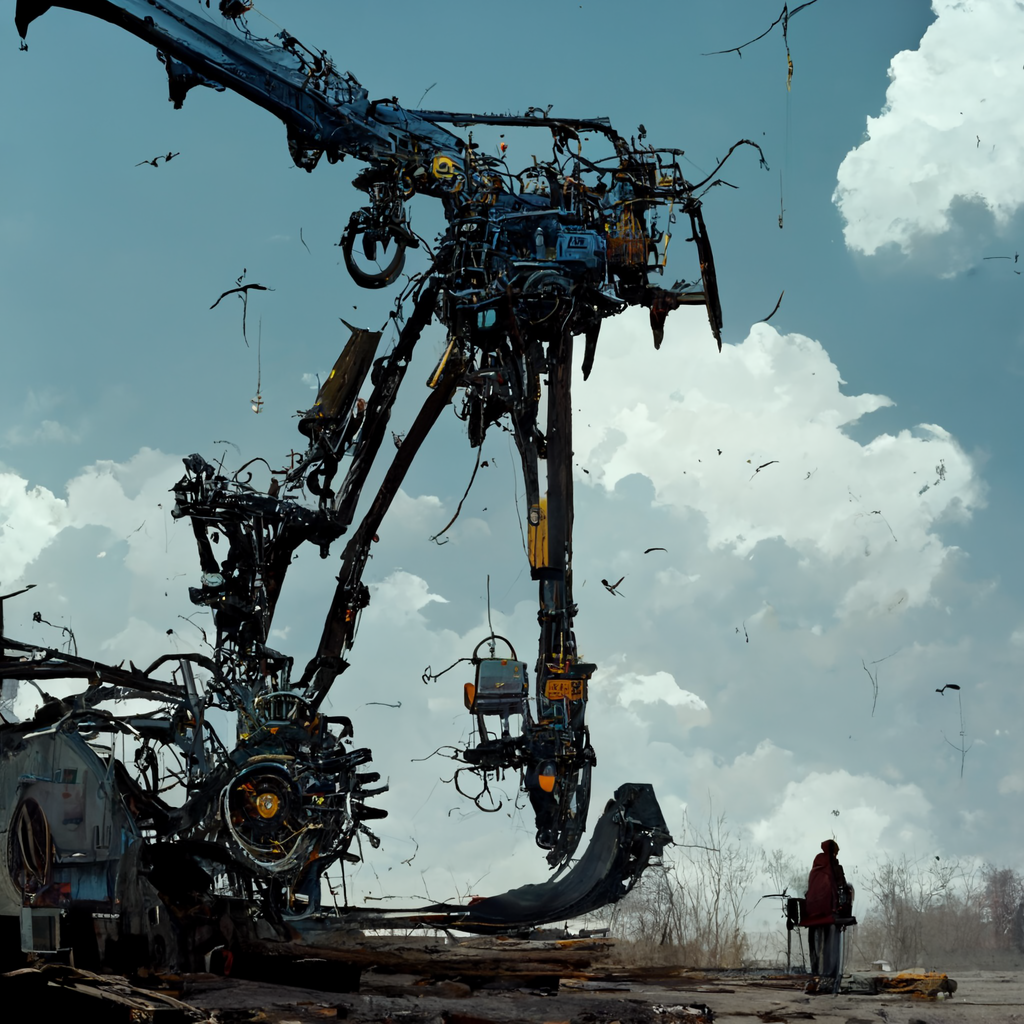Podcast: Play in new window | Download
Subscribe: Apple Podcasts | RSS

- Dave is considering getting a Pick and Place
- Chris mentioned the episode with Saber where they talked about the Vapor Phase One.
- Seon (UnexpectedMaker) has detailed his trials with Charmhigh and Neoden Pick and Place machines
- Chris gave a talk at Hackaday Superconference called The One Engineer Dev Shop, which mentioned having in-lab manufacturing (and how it might not be a time saver)
- Neoden YY1 is less than $3K. There’s a thread about it on the EEVblog forum.
- Chris mentioned the Lumen (by Opulo) from Stephen Hawes (who also documents on his YouTube channel), but Dave thinks it’ll be too DIY for his needs.
- Mrs EEVblog pointed out this article about using Mushrooms to reduce eWaste
- After seeing the name of the site, Chris recommened The Anthropocene Reviewed, a book by John Green (vlogbrothers)
- Dave posted a Heat pump follow up video to the original (we talked about this the last time we recorded together)
- Chris is reading a book about the Grid now that he finished past guest Kathy Joseph’s book about the history of electricity.
- The Hackaday Supercon badge was a 4 bit computer that you programmed with assembly.
- See how all the badge hacking turned out (and spot a familiar face around the 20 minute mark)
- The winning “add on” category hack was a “punch card”
- A $0.10 RISC V part was released by WCH out of China
- The manual is available here and the product page is here
- Maybe Dave will use that on the first product he picks and places? 😀

Agree 100% ( Reflow is the key ) – after purchasing the original Neoden 220a when they first came out , I got a reflow oven which “cooked/ burnt” the boards ( 4 layer with ground planes and distributed temperature profile ) despite moths of fiddling . The conclusion I have come to is the Neoden 245 with camera is great vale for placing all the passives 0603 or larger. We hand place all the large IC’s and have recently got the small conveyor reflow from them, which is a big improvement – Our typical runs are only 100 boards per batch and payback on the small P&P is two batches i.e what we would have paid a CM to populate. Real benefit is no delays getting in the queue at a CM.